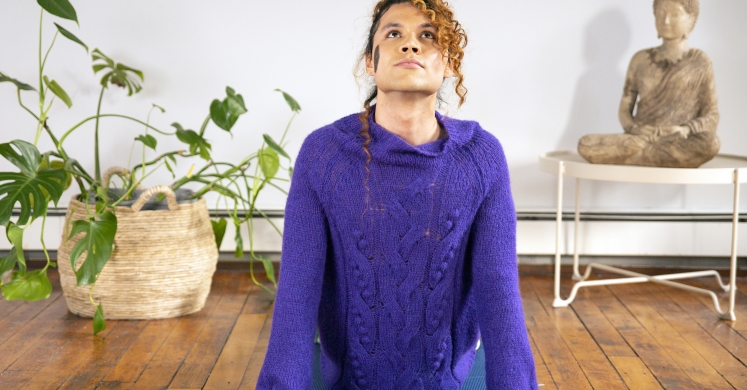Blog

Springing into a Realistic Exercise Routine
Spring has officially sprung, and that means the weather is finally getting warmer! Coming out of the winter months (and losing that seasonal affect1), you might notice that you have more energy, your overall mood has improved, and you’re ready to try new activities that get you moving. There are so many ways you can movement to your day, but before getting into that, let’s talk about why your body likes it so much!
We all know that exercise strengthens your skeletal muscles, but it also strengthens your cardiac muscle, so your heart doesn’t have to work as hard to deliver essential things like oxygen and nutrients to your exercising tissues. This is why athletes typically have lower resting heartrates! Consistent exercise can also work over time similarly to a beta blocker medicine to lower your blood pressure and prevent arterial plaque buildup. Additionally, if diabetes mellitus runs in your family, exercise is an excellent way to slow or even potentially stop its progression. Exercise encourages your muscles to become more efficient at processing glycogen, our body’s storage form of glucose, which can contribute to a lower average blood sugar.2
Ever heard that exercise is a good way to clear your head? It is linked to lower risk of depression, improved memory, and quicker learning. This may be because it improves blood flow to the brain; this feeds production of happy-making chemicals like endorphins and even the growth of new blood vessels and potentially new brain cells via a protein called brain-derived neurotrophic factor (BDNF), which can trigger the growth of new neurons and helps to protect existing brain cells from degeneration. Some studies even suggest that exercise is the best known way to prevent or slow the development of Alzheimer’s.3
All that being said, exercise doesn’t necessarily have to be running a marathon or attending a cycling class. Start by changing tiny things that add extra movement to your day, like making your bed in the morning, parking further than you need to when you go to work or the grocery store, taking the stairs whenever you only need to go a few floors, cooking an elaborate meal, and hand-washing your dishes. You could also try putting music on and dancing as you complete your household chores! (Anyone else dance when they clean their room?)
Once you’ve started incorporating habits that make you move more frequently, try setting realistic goals:
- If you want to get outside and add walking to your day, start with 5 extra minutes or 100 extra steps. Incorporate your daily walk into your routine and slowly add more as you feel comfortable. Go on walking dates with your friends instead of sitting down for coffee, or if you’re feeling that midday slump, try taking a short walk to wake up.
- Since you’re already dancing as you do your chores, try to schedule more regular times to work on them, especially the physical chores like vacuuming, gardening, or scrubbing.
- Wake up 15 minutes earlier than usual and begin your day with some stretches. If you’re not sure how to start, try a basic sun salutation to wake up your body and calm your mind.
All in all, exercise should be enjoyable and taking small steps to add movement to your day, as well as resting when you need to, can enhance your life in so many ways. Stay tuned for our free Let’s Move Pittsburgh fitness classes, which are starting back up in June.
Happy exercising! Extra facts and physical activity guidelines for Americans can be found here.
Sources:
https://www.mayoclinic.org/diseases-conditions/seasonal-affective-disorder/symptoms-causes/syc-20364651
https://www.hopkinsmedicine.org/health/healthy_heart/move_more/seven-heart-benefits-of-exercise
http://time.com/4474874/exercise-fitness-workouts/

